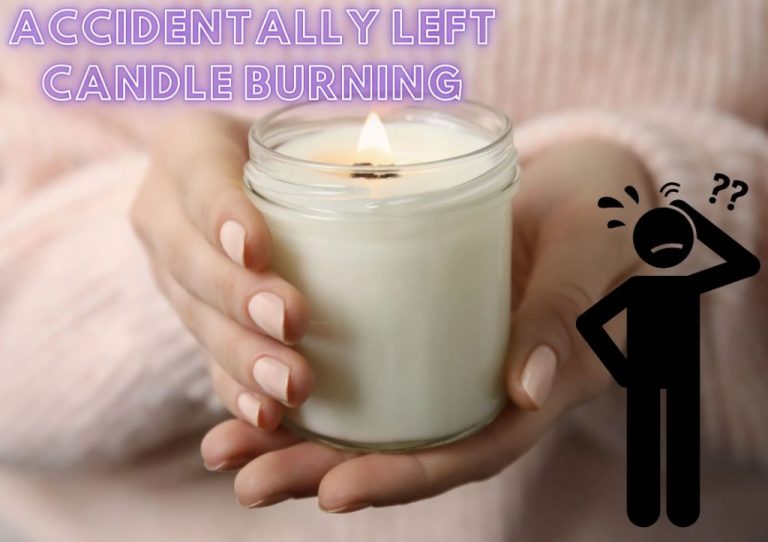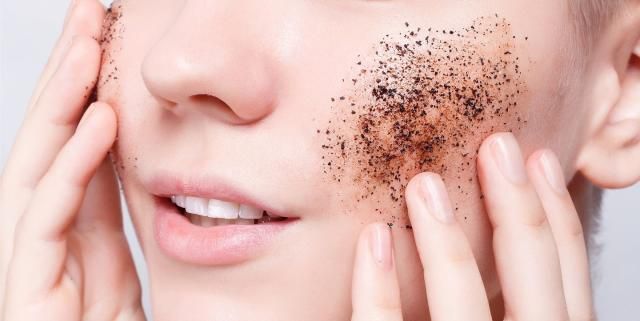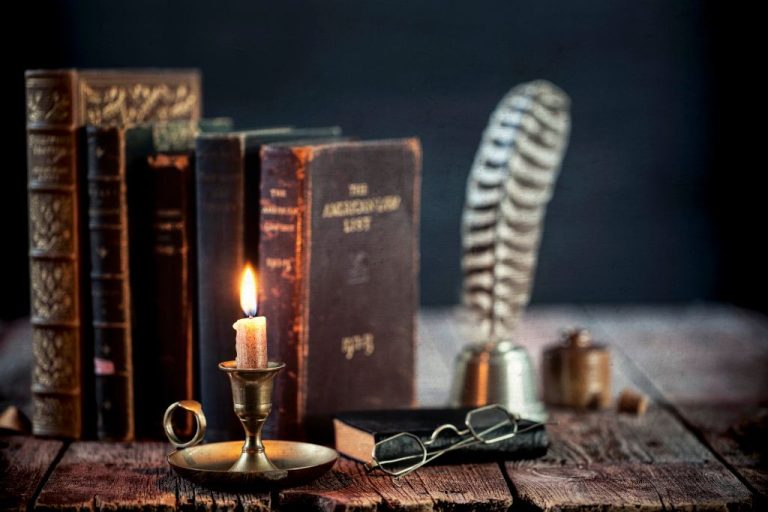What Can You Draw On Candles With?
Decorating candles by drawing or painting on them is a fun and creative way to add artistic flair to ordinary candles. Tracing back to ancient times, decorating candles has long been a part of cultural and religious traditions globally. The basic candle form lends itself well to markings, with the wax providing a perfect canvas for using pens, paints, dyes, or any number of mediums.
In early American colonies, candles were often decorated by scraping away layers of wax to create simple patterns and shapes. During the Victorian era in the 1800s, candles became ornately decorated status symbols featuring elaborate etchings, patterns, and colors made from special dyes. Today, the popular craft of creatively embellishing candles continues, allowing for limitless artistic expression.
Wax Crayons
Crayola is the most popular brand of wax crayons used for decorating candles. They offer a wide variety of colors and types including their classic crayons, neon crayons, glitter crayons and more. Some key pros of using wax crayons to decorate candles are that they are inexpensive, easy to find, and safe to use. The wax does not release any toxic fumes when burned. The colors also hold up well when exposed to the heat of a lit candle. Some downsides are that the colors may not be as vibrant as other candle decorating options and can be messy if not careful. The wax can also drip down the sides of taper candles. But overall, wax crayons are a simple, kid-friendly way to add some color and personalization to plain candles.
Chalk
Chalk is a classic option for decorating candles. There are a few different types of chalk you can use:
Sidewalk chalk comes in bright, vibrant colors perfect for adding pops of color to candles. It adheres well to wax and is easy to use. Just be careful applying too much pressure, as it can break off in chunks.
Blackboard chalk provides more muted, pastel shades of chalk. It works well but requires a bit more effort to transfer onto candles. The soft texture blends nicely for smoother color variations.
Pastel chalk, like that used for art drawings, can create beautiful ombre effects. The pigment doesn’t take to wax as easily, so blending and layering works better than bold strokes.
With all chalk options, work in layers for best results. Let each layer dry before adding more. The natural matte finish of chalk gives candles an artsy, handmade look.
Paint Markers
Unlike regular markers that use ink, paint markers contain paint inside which allows you to create bolder and more vibrant designs on candles. Paint markers come in two main types – acrylic based and oil-based. Acrylic paint markers are water-soluble, quick drying, and provide bright opaque colors. Oil-based paint markers contain enamel paint which takes longer to dry but produces a glossy, durable finish.
The main benefits of using paint markers over regular markers for candle decorating are:
- Paint adheres better to the waxy surface of candles than standard ink
- Creates brighter, bolder colors that stand out on candles
- Paint dries into a permanent finish that won’t smudge or fade
- Wide range of colors and tip sizes available
When using paint markers on candles, follow these tips for best results:
- Let the candle cool completely before drawing to avoid melting the paint
- Shake the marker well to mix the paint inside
- Test on scrap paper first to ensure the paint flows smoothly
- Start with light pressure, building up layers for more intense color
- Allow sufficient drying time between coats
- Seal with a finish like varnish for added protection
Glitter Glue
Glitter glue like Elmer’s is a fun way to decorate candles. The glue contains tiny flecks of glitter suspended in a clear adhesive. As the glue dries on the candle, the glitter remains, adding a shiny, sparkly effect. Glitter glue comes in a variety of colors like silver, gold, red, blue, and more. Using different colored glues can create cool designs.
Glitter glue can be used to outline shapes, patterns, and illustrations on a candle. Let the outline dry first, then fill in with crayons, paint, or other mediums. The raised texture of the dry glue adds an extra dimension to the candle decor. Glitter glue can also be used alone to create free-form swirl designs, dots, stripes, or fully covering the outside of a plain candle to give it a makeover.
Glitter glue is easy to control and dries fairly quickly. It won’t drip or run too much, so outlines and shapes stay within their lines. The glitter suspended in the glue gives a fun shimmering effect once dry. Kids can let their creativity shine by using glitter glue to add some sparkle and pizzazz to homemade or store-bought candles.
Nail Polish
Nail polish is a fun and colorful way to decorate candles. The wide variety of shades and finishes like glitter, shimmer, and matte allow for creative designs. Nail polish dries quickly on the wax surface so you can layer colors and patterns.
Dotting tools are helpful for making polka dots and other circular designs with different sized nail polish dots. Dragging a toothpick through wet polish can make cool striations. Sponges can be used to dab on ombre or blended effects.
Since nail polish is made for fingernails, it adheres well and dries smoothly on candles. Just be sure to use a fast-drying top coat for maximum smudge resistance. The color stays vibrant even when the candle is burning.
Crystals and Gems
Crystals and gems can beautifully embellish candles and add a sparkling touch. Small flat-backed crystals, beads, and gems can be easily adhered to the candle surface using hot glue. Simply place a small dot of hot glue on the candle where you want the embellishment and quickly press the crystal or gem into place.
Larger crystals and gems may require more hot glue to adhere. Make sure to use a hot glue gun on a low temperature setting to avoid melting the wax. Let newly glued embellishments fully set before handling the candle.
Take care when choosing embellishments, as some natural or plastic gems may melt or release toxic fumes when exposed to a lit candle’s flame. Do not place embellishments too close to the wick, and avoid flammable materials like dried flowers or paper. With some basic precautions, crystals and gems create a lovely addition to personalized candles.
Dyes and Pigments
Food coloring, liquid watercolors, and powder pigments are all great options for dyeing candles. With these materials you can achieve vivid, saturated colors for your candle designs.
Food coloring is readily available and comes in a wide range of bright shades. A few drops mixed into melted wax before pouring will tint the entire candle. For even dispersal, stir the food coloring thoroughly into the wax.
Liquid watercolors also work well for candle dye and produce rich, concentrated hues. They are water-soluble, so mix them with a small amount of rubbing alcohol before adding to wax to help disperse the pigments.
Powder pigments, like mica powder, allow you to achieve striking metallic or iridescent effects. These powdered minerals can be mixed into melted wax. Use a toothpick to add small amounts of powder and stir constantly for even distribution of color.
By mixing dyes and pigments, you can create custom candle colors. Try layering dyes in melted wax before pouring to produce ombre or gradient effects. Or add powder pigments on top of colored wax for a shimmery appearance.
Some dyes and pigments can also be used for set-in techniques. Apply drops or powder to the outside of a burning candle, then let it set in to create patterns and designs.
Sharpie Markers
Sharpie markers are another fun option for decorating candles. Sharpies come in a huge variety of colors, so you can get really creative with your candle designs. They also have both fine tip and ultra fine tip markers, which allow you to do intricate designs or thick, bold outlines. Here are some benefits of using Sharpies on candles:
- Color Options – Sharpie has over 50 colors to choose from, including standard colors, neon, metallic, and glitter. You can create all kinds of designs.
- Thin and Fat Tip – The fine tip Sharpies let you draw thin, precise lines for details and outlining. The ultra fine tip is great for writing. The regular tip allows bolder, thicker coloring.
- Outlining vs Coloring In – The fine tips are perfect for doing outline drawings on candles. The regular tips can be used to color in larger areas or lettering.
Sharpies are easy to use on candles and the ink adheres well to the wax surface. Just be careful handling the candles after decorating so the marker doesn’t smudge. Sharpies bring a whole range of coloring possibilities for your homemade candles!
Conclusion
Candles are a perfect canvas for creative expression and gift personalization. There are many techniques to decorate candles ranging from using common art supplies like wax crayons, chalk, and paint markers to more unique options like glitter glue, nail polish, and crystals. By combining different techniques, you can create stunning custom candles.
The beauty of decorating candles yourself is that you can let your creativity flow and make each candle unique. Personalize candles with names, inspirational sayings, or artwork for a heartfelt gift. Or simply decorate candles to brighten up your home decor.
Candle decorating is easy, fun, and rewarding. With just a few basic supplies, you can craft beautiful candles worthy of displaying, gifting, or lighting up on special occasions. Give candle decorating a try to add personal flair to any space or brighten someone’s day with a homemade present straight from the heart.




